Article #: 37
advertisement
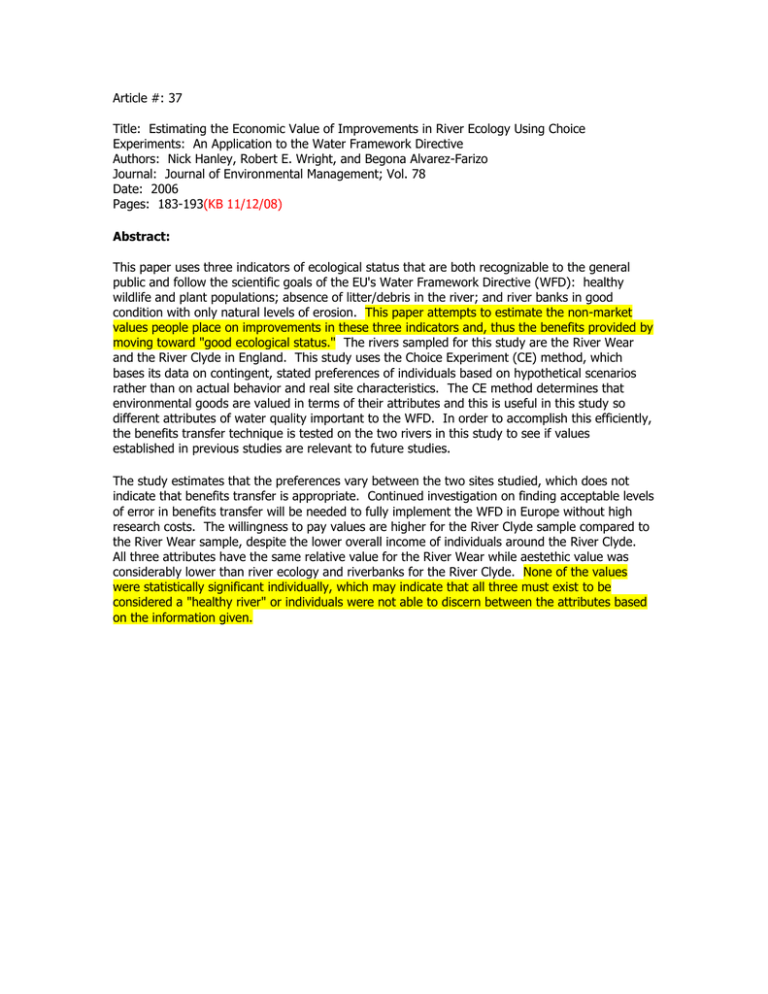
Article #: 37 Title: Estimating the Economic Value of Improvements in River Ecology Using Choice Experiments: An Application to the Water Framework Directive Authors: Nick Hanley, Robert E. Wright, and Begona Alvarez-Farizo Journal: Journal of Environmental Management; Vol. 78 Date: 2006 Pages: 183-193(KB 11/12/08) Abstract: This paper uses three indicators of ecological status that are both recognizable to the general public and follow the scientific goals of the EU's Water Framework Directive (WFD): healthy wildlife and plant populations; absence of litter/debris in the river; and river banks in good condition with only natural levels of erosion. This paper attempts to estimate the non-market values people place on improvements in these three indicators and, thus the benefits provided by moving toward "good ecological status." The rivers sampled for this study are the River Wear and the River Clyde in England. This study uses the Choice Experiment (CE) method, which bases its data on contingent, stated preferences of individuals based on hypothetical scenarios rather than on actual behavior and real site characteristics. The CE method determines that environmental goods are valued in terms of their attributes and this is useful in this study so different attributes of water quality important to the WFD. In order to accomplish this efficiently, the benefits transfer technique is tested on the two rivers in this study to see if values established in previous studies are relevant to future studies. The study estimates that the preferences vary between the two sites studied, which does not indicate that benefits transfer is appropriate. Continued investigation on finding acceptable levels of error in benefits transfer will be needed to fully implement the WFD in Europe without high research costs. The willingness to pay values are higher for the River Clyde sample compared to the River Wear sample, despite the lower overall income of individuals around the River Clyde. All three attributes have the same relative value for the River Wear while aestethic value was considerably lower than river ecology and riverbanks for the River Clyde. None of the values were statistically significant individually, which may indicate that all three must exist to be considered a "healthy river" or individuals were not able to discern between the attributes based on the information given.
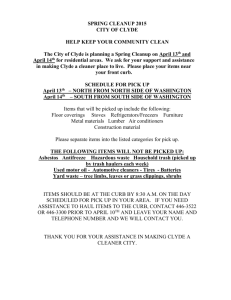


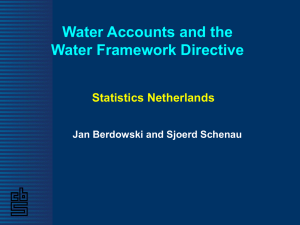
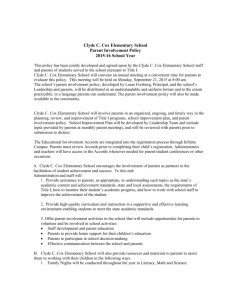

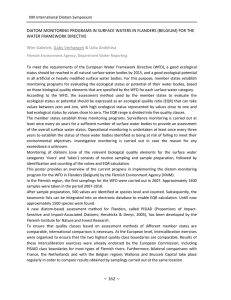


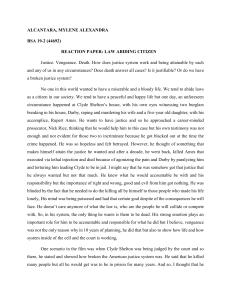
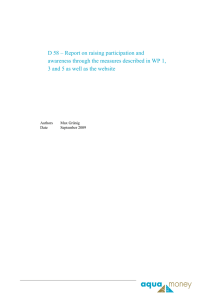


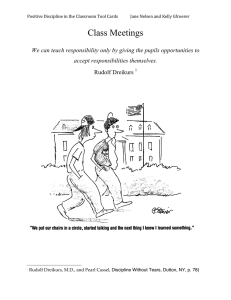
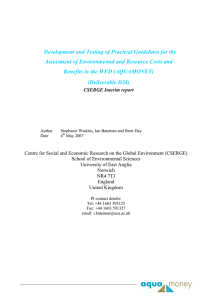
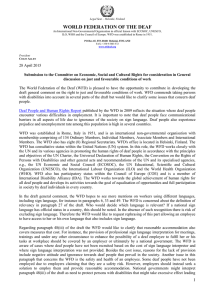
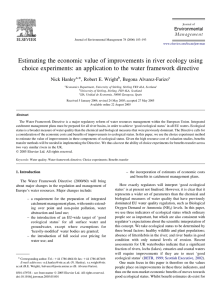
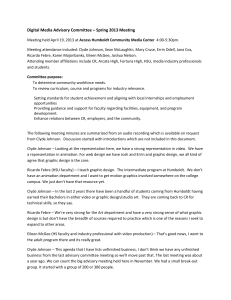
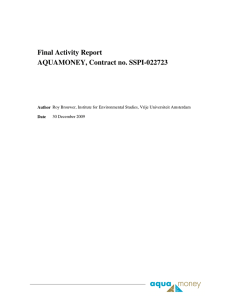
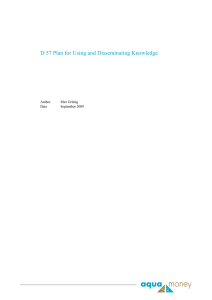
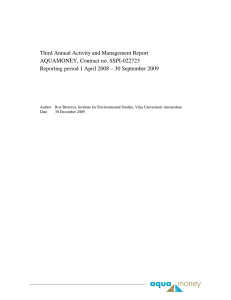
![This article was downloaded by: [Brouwer, Roy] On: 18 August 2008](http://s2.studylib.net/store/data/012497625_1-ed36009275b4e272cb8ce235c5b65cfe-300x300.png)